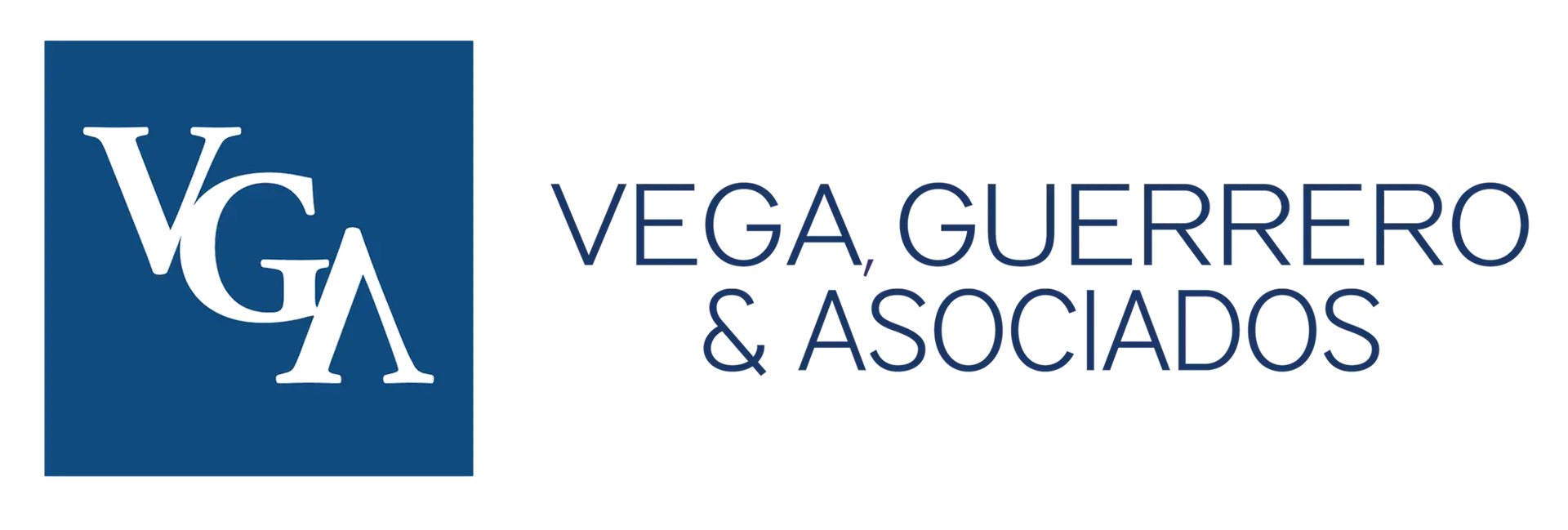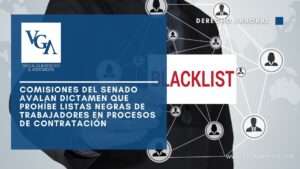This June 11, 2025, the Ministry of Labor and Social Welfare (STPS) published in the Official Gazette of the Federation the new Operating Guidelines on Federal Labor Inspection, which replace those in force since 2014. This instrument, of immediate application, comprehensively regulates the planning, development and closing of federal labor inspections.
Below, we highlight the key points that employers should keep in mind to prepare their defense and compliance for potential inspections:
Increased structure and traceability throughout the entire inspection process.
The new Guidelines establish measures to provide greater structure, control and traceability to the entire inspection process carried out by the Ministry of Labor and Social Welfare (STPS), seeking to ensure that inspections are more uniform, documented and predictable for both the authority and employers.
Firstly, the criteria for the programming of inspections, which will now be formally classified into three categories, have been clarified:
- Random inspections: selected through automated lotteries according to priority sectors or risk levels.
- Direct inspections: derived from workers’ complaints or denunciations, work accidents, or reports of non-compliance.
- Suggested inspections: proposed by the STPS units themselves to verify compliance with previously ordered measures or within the framework of special programs.
On the other hand, the Guidelines impose on the General Directorate of Federal Labor Inspection (DGIFT) the obligation to issue specific operational protocols to be observed by the Inspectors in each type of inspection.
These protocols should detail from the preparation and development of the visit to the preparation of the corresponding minutes, clearly establishing:
- Documents to be requested.
- Aspects to be reviewed and verified.
- The rules for the collection of evidence.
- The formalities of the inspection process.
2. Expanded powers of the Inspectors
a. Immediate precautionary measures
- The new Guidelines formalize and detail the Inspectors’ power to order precautionary measures during the inspection in cases where they detect an imminent risk to the life, integrity or health of workers.
- These measures may include:
- Partial or total limitation of operations in certain areas of the work center.
- Restriction of access to specific facilities, equipment or processes.
- The application of these measures requires prior consultation with the DGIFT by the Inspector, but does not require judicial authorization or prior litigation.
- Risk for the employer: an element of immediate intervention is introduced that can paralyze key processes, with potential economic impact.
b. Expedited follow-up: 72-hour turnaround time
- The authority (STPS) is obliged to resolve within a maximum period of 72 hours if the precautionary measure is granted:
- It remains in force.
- Amended.
- He stands up.
- This mechanism seeks to ensure that precautionary measures do not remain in force indefinitely due to administrative inertia.
- In practice, it can be difficult for the employer to document or remedy safety or physical conditions in such a short period of time.
c. Employer’s refusal and enhanced penalty
- It is expressly established that the sanctioning process for refusal of inspection will be more rigorous.
- Even if the employer submits documentation later, the formal infraction will subsist.
- It implies a higher risk of high fines for obstructive behavior.
Recommendation: It is key for employers to avoid any conduct that could be interpreted as refusal of inspection (preventing access, not presenting documents, delaying the inspection, etc.).
Greater control over specialized subcontracting
The new Guidelines reinforce the control that the STPS will exercise in the area of specialized subcontracting.
- The Inspectors should verify as a priority that:
- Specialized services do not form part of the corporate purpose or of the beneficiary’s main activity.
- The supplier companies are registered in the REPSE.
- Contracts and documentation are formalized and available.
- It is instructed to rigorously document any evidence of simulation.
- Verification can also occur in inspections with other objectives.
Implication for employers: Have all documentation in order, and avoid schemes that could be interpreted as illegal or simulated subcontracting.
4. Rules for the management of deaths due to occupational hazards
- Inspectors shall apply protocols that ensure:
- Protection of legal beneficiaries’ rights.
- Immediate notification to the Labor Court.
- Complete documentation of the facts and conditions.
Implication for employers: Full collaboration and adequate documentation and reporting.
5. Detailed rules for scoring and closing of minutes
- The procedure for the evaluation of evidence is structured:
- Offer evidence in a timely manner.
- Active participation in the process.
- In Health and Safety, extensions of Technical Placements are restricted:
- They will only be authorized on an exceptional basis.
- Abusive use of extensions will not be allowed.
Implication for employers: Prepare probation strategy from the beginning and meet deadlines as a priority.
6. Supervision and internal control
- DGIFT will strengthen oversight through:
- On-site review.
- Remote control through SIIT.
- Increased oversight of programs such as PASST or VELAVO.
- Immediate referral of possible criminal acts to competent authorities.
Implication for employers: Strengthen compliance if they participate in voluntary programs, and adequately document their processes.
Recommendations for employers
These new Guidelines strengthen the formal inspection framework and will result in more documented and less discretionary procedures. It is recommended:
- Review and strengthen documentary files in all matters subject to inspection.
- Train inspection reception teams.
- Monitor high-risk areas such as health and safety and subcontracting.
- Establish internal protocols to respond quickly to inspections.
These changes have immediate impact. At Vega, Guerrero & Asociados we are ready to support you in auditing your current level of compliance, preparing protocols for inspections and accompanying you in administrative procedures derived from these new Guidelines.




